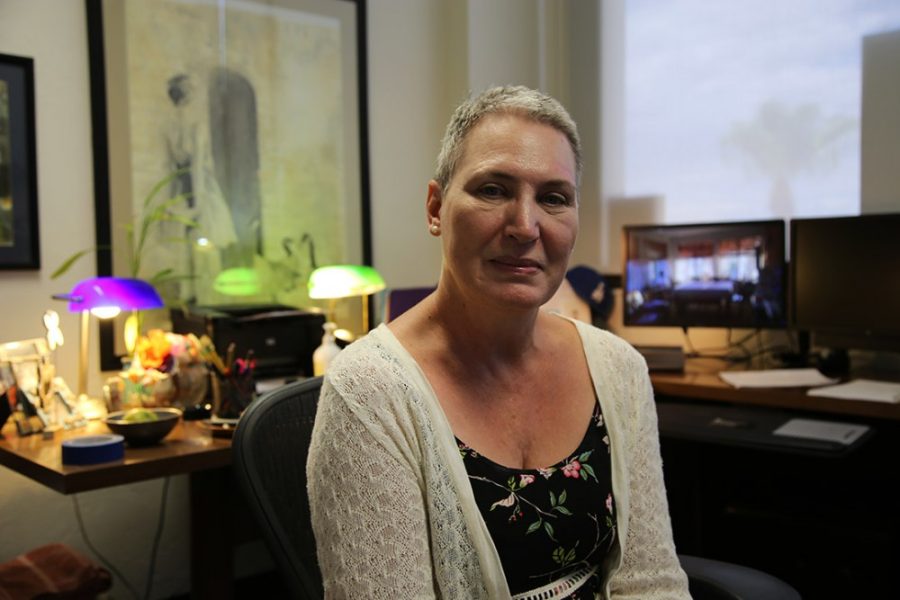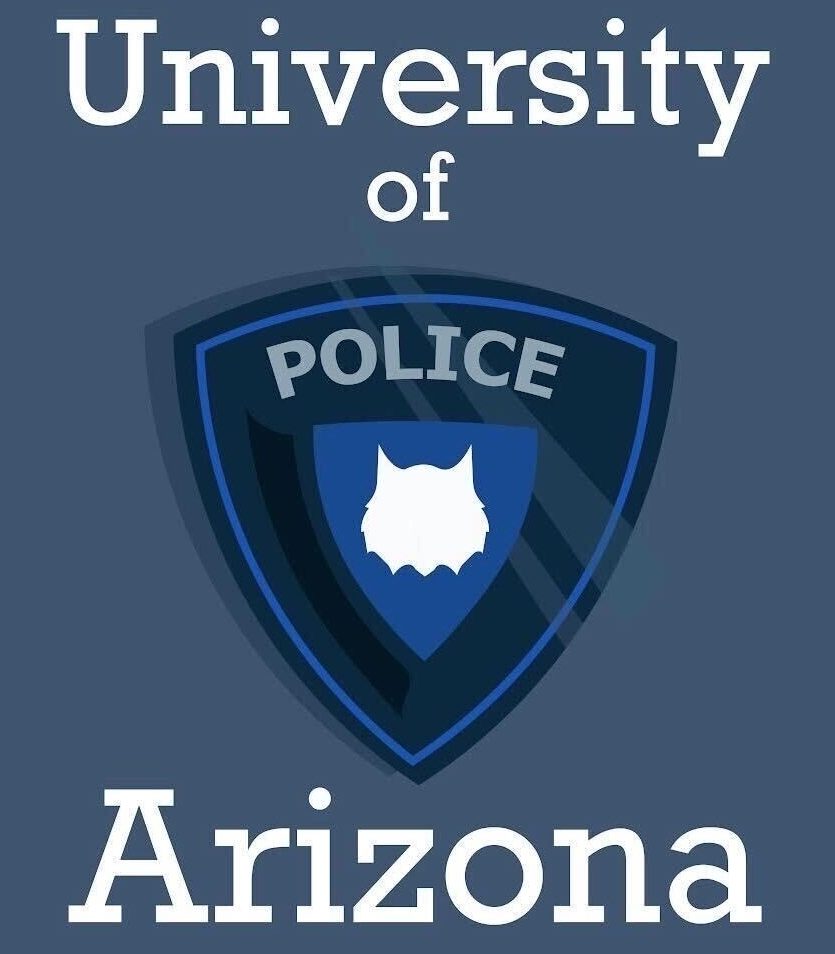The Association of Public and Land-grant Universities recognized the University of Arizona as an Innovation and Economic Prosperity University on June 24. Only awarded to 18 universities, the designation was given to recognize the universities’ commitment to economic engagement in their respective regions.
Given by the APLU’s Commission on Innovation, Competitiveness, and Economic Prosperity, each applicant was judged on a number of categories, including innovation, entrepreneurship, technology transfer, talent and workforce development, and community development.
“As a land grant university, historically, so much emphasis has been put on agriculture and the mechanical arts,” said Sherry Hoskinson, director of Wheelhouse Arizona and author of the designation’s application. “In today’s economic and social environment, it is important to acknowledge that there are other dimensions that are just as important.”
Initiatives such as the UA’s Never Settle strategic plan, Tech Launch Arizona and the recent merger between the University Medical Center and Banner Health have helped further insert the UA into Arizona’s economy.
According to Hoskinson, these and many other elements were crucial to the UA’s application.
The comprehensive “self-evaluating” application process was essentially an introspective look at the UA’s economic engine. Instead of solely submitting an argument as to why the university deserved the designation, strengths were improved upon and weaknesses were found and fixed—a process that took a year of ongoing collaboration with the APLU, CICEP and other universities that were working to earn the same designation.
Surveying was the largest mode of self-evaluation during the year-long process. Internal and external groups associated with the university were asked questions regarding the university’s effect on Arizona’s economy.
Respondents were asked their opinion regarding the university’s role in bolstering the state’s economy, if they felt that the UA helped enhance the regional economy and if the university was meeting its full potential.
The designation itself even came with remarks and feedback on areas that needed improvement.
After earning the designation, the UA will have to submit a five-year progress report on the changes made in response to the feedback. Then, after ten years, the application and evaluation process begins again, and the UA’s status as an Innovation and Economic Prosperity university will be revisited.
According to Hoskinson, the UA is among an elite few of applicants who made the cut.
“The 18 institutions in the 2015 class of Innovation & Economic Prosperity Universities serve as wonderful models of how public research universities extend beyond their campuses to engage their communities in economic development that create jobs and improve lives,” stated APLU President Peter McPherson in a June press release.
For students, this designation, and more specifically the programs for which the designation was given, are affirmations that the UA is doing its part to create jobs in Arizona.
Joey Iuliano, a geography graduate student, believes that the designation is well deserved. “It shows that we are supporting our students post-graduation by attracting businesses that can provide good careers,” he said.
Initiatives like the UA Tech Park are helping to attract corporations by offering them partnerships with various departments and research labs at the school.
These partnerships create avenues and opportunities for recent graduates to find local jobs.
“You don’t have to leave; we have the jobs you need in your area,” Iuliano said. “You can go and work in aerospace, you can go and work in computer engineering. These jobs are here and they are developing.”
For more information on the university’s economic initiatives, visit the Tech Launch Arizona’s website at techlaunch.arizona.edu.








